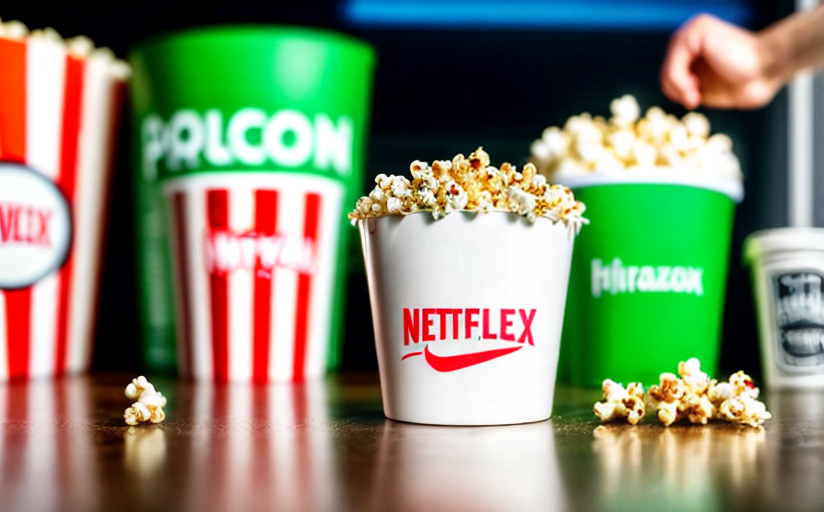Impact of Streaming Services on Traditional Cinema
In today's digital era, streaming platforms like Netflix, Amazon Prime, Hulu, and Disney+ have dramatically reshaped the entertainment landscape. Their influence on audience preferences, financial models, and the very fabric of traditional cinema cannot be understated. However, this shift in the industry beholds a central dilemma: are these streaming services beneficial or detrimental to the movie industry?
Changes in Audience Behavior and Viewing Preferences
Streaming services offer an almost unlimited variety of content available on-demand, fundamentally altering audience viewing habits and expectations. Cinema going has traditionally been an event-oriented activity. Conversely, streaming services have allowed viewers to consume their preferred content, anywhere, anytime, at their own pace. This shift has, in turn, led to a decline in cinema attendance, particularly among younger demographics who prefer the convenience and cost-effectiveness of streaming.
Financial Implications
As audiences flock to streaming platforms, the financial dynamics of the movie industry are quickly evolving. Traditional cinema had a somewhat predictable revenue model revolving around film releases, box office sales, and, ultimately, television rights sales. On the other hand, streaming services earn through monthly or yearly subscriptions and, sometimes, ad revenues, substantially redistributing the financial resources within the industry.
The Role of Pandemic
The COVID-19 pandemic has significantly accelerated the shift from traditional cinema to streaming platforms. With theaters shut down to prevent the spread of the virus, audiences turned to streaming services for entertainment, increasing subscriber numbers significantly. This rapid growth has led many industry players to ponder if this shift is a temporary response to the pandemic or a permanent change.
Evolving Cinema Norms
To survive in this evolving landscape, traditional cinemas are experimenting with new strategies. This includes enhanced experiences through superior technology, comfort, and luxury services, as well as strategic alliances for early or unique screen releases paired with innovative marketing tactics. These developments indicate that traditional cinema is not dead but rather evolving to meet modern-day user expectations.
Opportunities and Challenges for Film Creators, Cinemas, and the Industry
Streaming platforms have opened unprecedented opportunities for creators by providing wider and direct reach to audiences globally. However, the rise of streaming has brought challenges too, primarily related to the distribution of production budgets, competition for audience attention amongst an overabundance of content, and creative concerns tied to the shift from cinematic to small-screen storytelling.
Adapting to the New Digital Era
For traditional cinemas to adapt and remain relevant, it's essential to innovate and upgrade. This can be done by offering unique cinematic experiences, incorporating technology, and creating flexible models that include both online and offline elements. Furthermore, the collaboration between traditional cinemas and streaming platforms could create a holistic, multi-platform entertainment ecosystem.
In conclusion, while the rise of streaming services has caused disruption in the traditional movie industry, it also brings potential opportunities for growth and transformation. The success of traditional cinemas in this new digital era relies on their ability to adapt, innovate, and collaborate.
















Comments
Leave a Comment